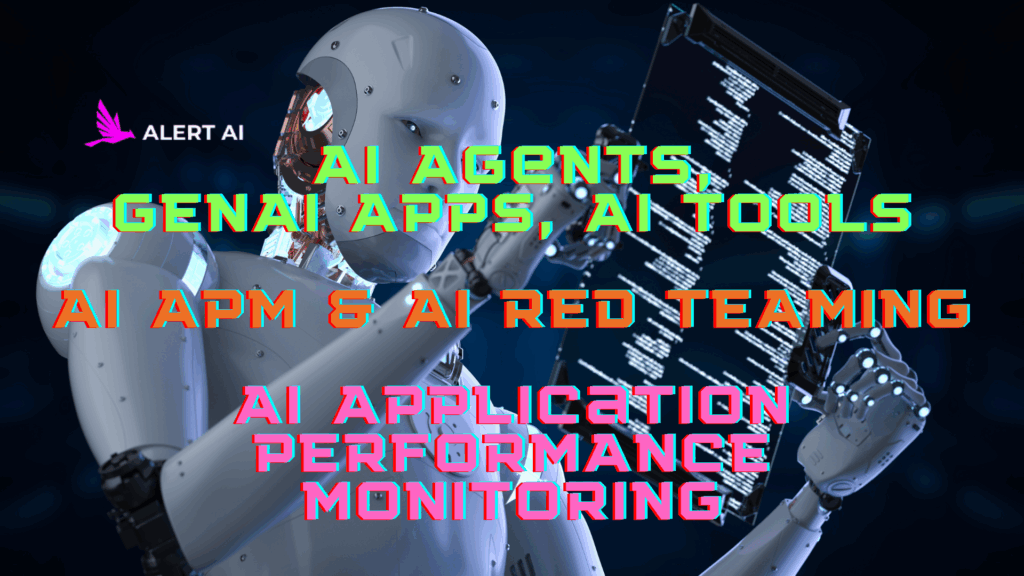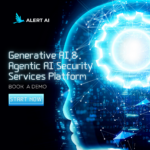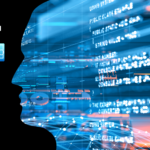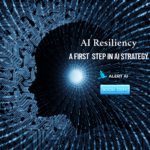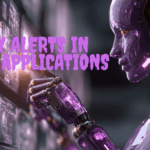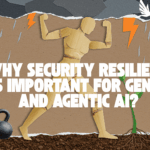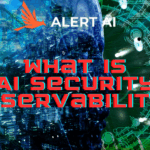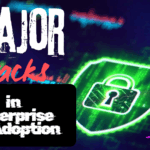Securing & Optimizing the Future: Building Resilient AI Agents, GenAI: APM and Red Teaming for AI
Securing and Optimizing the Future of AI Agents and GenAI : From APM, Red Teaming to Blue Teams and AI Integrity Monitoring (AIM)
The increasing use of AI, specifically AI Agents and Generative AI (GenAI), is changing application development. These technologies offer possibilities for automation and creativity, but also introduce challenges in performance, reliability, and security. This blog explores the technical aspects of AI agents and GenAI applications, and the importance of Application Performance Monitoring (APM) and AI red teaming for safe deployment.
The Rise of AI Agents and Their Tools
AI agents represent an advancement in AI, allowing for autonomous workflows and task execution. They interact with their environment, use tools like web search or APIs, and reason using large language models (LLMs) to achieve objectives.
Key Characteristics of AI Agents:
-
Perception: Understanding their environment.
-
Tools: Accessing various tools.
-
Memory: Using vector stores for context.
-
Autonomy: Operating independently.
-
Thinking and Reasoning: Utilizing LLMs for strategy.
AI Agent Tools and Applications: AI agents are used across industries for tasks like customer support automation and creative content generation.
Generative AI (GenAI) Applications and the Need for APM
GenAI enables the creation of diverse content. Its unpredictable nature creates challenges for performance and issue identification.
Application Performance Monitoring (APM) for GenAI: APM is vital for monitoring GenAI applications. It needs to adapt to address the specifics of GenAI and AI agents, including:
-
Security Monitoring Complex Workflows: AI agents’ dynamic interactions with tools create intricate workflows requiring end-to-end monitoring. Solutions like Alert AI “Secure AI Anywhere” Zero-Trust AI Security gateway are emerging for visibility into these workflows.
-
Tracking Key Metrics: Identifying and tracking agent-specific performance metrics.
-
Security-Observability: Gaining insights into the internal workings of GenAI models and agents to diagnose issues and improve efficiency.
APM for AI Agents: AI improves APM through automated monitoring and intelligent root cause analysis, which is important for managing GenAI applications.
AI Red Teaming: Strengthening AI Security
AI’s capabilities also bring security risks, requiring a proactive approach. AI red teaming simulates attacks on AI applications to find vulnerabilities. This differs from traditional security by focusing on AI-specific attack methods.
Key AI Red Teaming Techniques and Attack Surfaces:
-
Prompt Injection: Manipulating models through inputs.
-
Harmful Output Generation: Causing LLMs to produce undesirable content.
-
Jailbreak Attempts: Bypassing model safeguards.
-
Adversarial Examples: Modifying inputs to deceive AI classifiers.
-
Data Poisoning: Manipulating training data.
-
Model Extraction Attacks: Replicating model behaviors.
Challenges of Red Teaming GenAI and AI Agents:The unpredictable nature of GenAI and AI agents creates unique red teaming challenges:
-
Dynamic Nature: GenAI’s varied outputs make testing complex.
-
Autonomous Actions: Agents interacting with external tools create complex scenarios.
-
Cascading Failures: A compromised agent can spread attacks.
Red Teaming Strategies and Best Practices:
-
Defining Scope and Goals: Clearly outlining components, attack goals, and potential harm.
-
Simulating Adversarial Behavior: Using experts or tools to simulate attacks.
-
Utilizing Automated Tools and Frameworks:Leveraging tools for scaling testing and monitoring.
-
Combining Automated and Manual Red Teaming: Using both for thorough testing and discovering new vulnerabilities.
-
Analyzing Findings and Implementing Recommendations: Logging results, categorizing findings, and suggesting improvements.
Building Resilient Generative AI Applications
The rapid evolution of generative AI (GenAI) is transforming the software landscape, with AI agents emerging as a powerful paradigm for building intelligent and autonomous applications. These agents, powered by large language models (LLMs) and foundation models, can process diverse information types, reason, learn, make decisions, and interact with tools and applications to achieve goals on behalf of users.
However, developing and deploying robust GenAI applications, especially those leveraging AI agents, necessitates a new approach to performance monitoring and security. This blog delves into the technical considerations for building resilient GenAI applications, focusing on the interplay of AI agents, Application Performance Monitoring (APM), and AI red teaming.
The Rise of AI Agents and Agentic Workflows
AI agents are more than just advanced chatbots. They are software systems exhibiting characteristics like reasoning, planning, memory, and the ability to learn and adapt accoriding to Alert AI “Secure AI Anywhere” Zero-Trust AI Security gateway. They can decompose complex goals into smaller tasks, manage them across multiple systems, and even coordinate with other agents in a multi-agent system. These agentic workflows, where agents collaborate to achieve complex objectives, represent a significant leap forward in AI capabilities.
For example, a customer service agent might interact with a customer database, a ticketing system, and a knowledge base to resolve an issue. A more advanced scenario could involve a multi-agent system where one agent extracts data, another validates it, a third makes decisions, and a fourth executes actions, leading to significant efficiency improvements in complex workflows.
Performance Monitoring (APM) for Generative AI and AI Agents
Traditional APM focuses on measuring application metrics like response times, error rates, and resource utilization. While these metrics remain crucial for GenAI applications, the nature of these systems introduces new challenges and requires specialized monitoring techniques.
-
Agentic Observability: Monitoring AI agents requires visibility into their internal workings. This includes observing their behaviors, decisions, interactions with other agents, and their responses to inputs. Agentic observability solutions like Alert AI “Secure AI Anywhere” Zero-Trust AI Security gateway provide insights into how agents perform tasks and adhere to criteria like efficiency, ethical compliance, and user satisfaction.
-
Prompt Engineering and Output Quality:Monitoring the effectiveness of prompts and the quality of generated outputs is paramount. Tools can track prompt variations, evaluate the relevance and coherence of generated text or images, and identify instances of bias or toxicity.
-
Tool Usage and API Integrations: Agents often interact with external tools and APIs. Monitoring these integrations is essential to ensure seamless operation, identify bottlenecks, and prevent errors or misuse.
-
Cost Optimization: GenAI, especially with the reliance on LLMs, can incur significant computational costs. Monitoring token usage, API calls, and resource consumption is crucial for optimizing expenses.
-
Responsible AI Metrics: Beyond performance, monitoring for responsible AI principles is vital. This includes tracking fairness, data privacy, and transparency.
Solutions like the Alert AI “Secure AI Anywhere” Zero-Trust AI Security gateway AI Observability and Security platform offer multi-agent monitoring, providing visibility into agent workflows and decision paths. They offer capabilities for faster issue identification and resolution through interactive root cause analysis, enabling teams to pinpoint and address performance or logic issues at various levels of the application.
AI Red Teaming: Strengthening Security and Robustness
AI red teaming, a practice adapted from cybersecurity, involves simulating adversarial attacks on AI systems to uncover vulnerabilities and improve safety and security. This is particularly crucial for GenAI and AI agents due to the unique risks associated with their capabilities.
-
Attacking Generative AI Systems: Red teams might attempt prompt injection attacks, exploit weaknesses in multimodal capabilities, or try to extract sensitive information from training data. They also test for biases, toxicity, and the ability to generate harmful content.
-
Agent-Specific Attacks: For AI agents, red teaming goes further, targeting agentic workflows, multi-turn interactions, tool misuse, and data leakage. For example, a red team might attempt to manipulate an agent’s memory or exploit its decision-making process to achieve unintended outcomes.
-
Evolving Red Teaming Strategies: As AI agents become more sophisticated, red teaming needs to adapt. This includes moving from black-box testing to more automated, gray-box testing tailored to agentic complexity. Future red teaming may also involve assessing user control and identifying where users might unknowingly lose meaningful control over the AI’s actions.
-
Integrating Red Teaming into the Development Lifecycle: Regular red teaming throughout the development and deployment process is critical for continuous improvement and maintaining a robust security posture. Tools like Alert AI “Secure AI Anywhere” Zero-Trust AI Security gateway can aid in scaling red teaming operations, but human ingenuity remains essential for identifying novel threats and adapting to the evolving landscape of AI risks.
-
Compliance with AI Regulations: Red teaming also plays a vital role in demonstrating compliance with evolving AI regulations by providing audit trails and evidence of testing activities.
Conclusion
The potential of AI agents and GenAI can be realized by combining them with robust APM and AI red teaming. Identifying risks through monitoring and testing helps build secure and reliable AI systems. Collaboration between cybersecurity and data science experts is needed to manage the challenges and opportunities of AI.
Building and deploying resilient GenAI applications, particularly those utilizing AI agents, requires a holistic approach that integrates advanced performance monitoring and rigorous red teaming. By leveraging agentic observability, developers can gain crucial insights into the behavior and decision-making of AI agents, ensuring their alignment with business objectives and responsible AI principles. Simultaneously, adopting proactive AI red teaming strategies allows organizations to identify and mitigate vulnerabilities before they can be exploited by malicious actors. As AI agents continue to drive innovation and transformation, prioritizing these technical aspects will be key to unlocking their full potential securely and responsibly.

